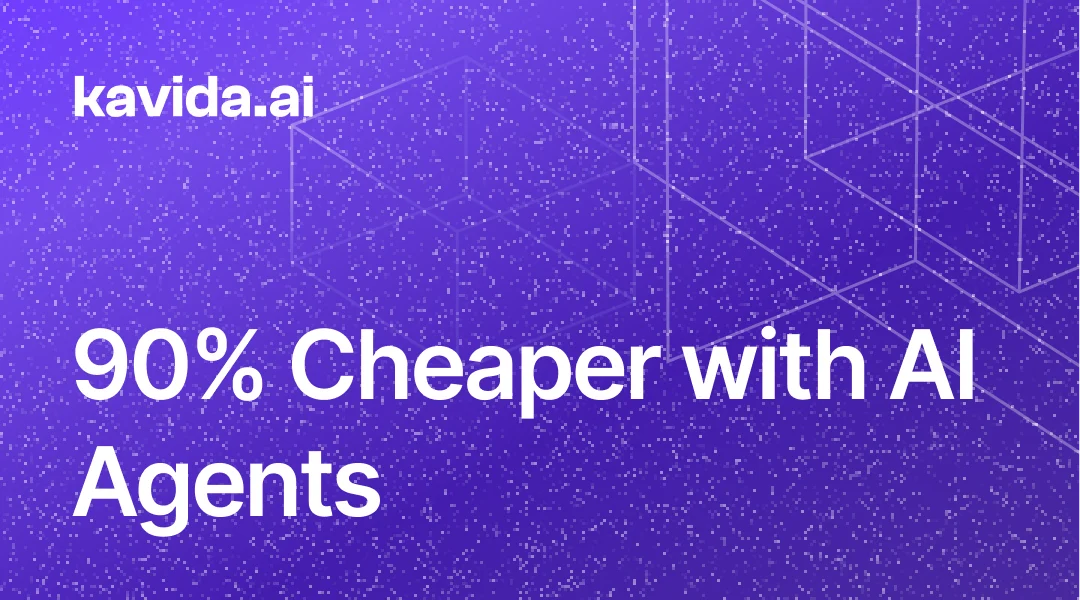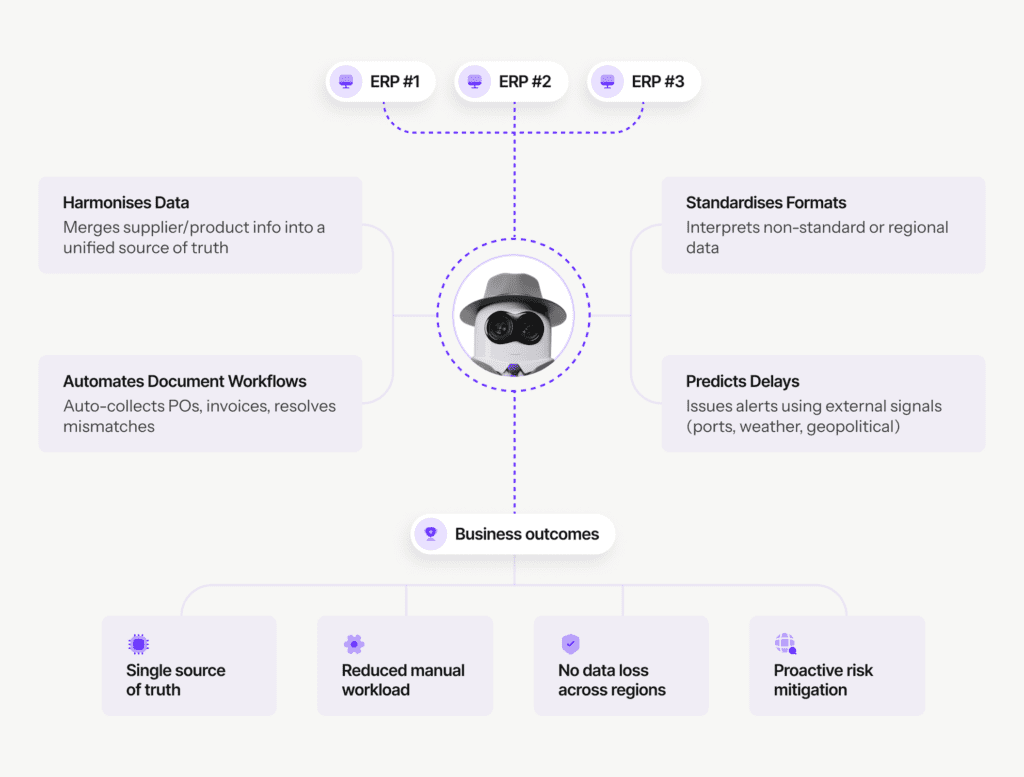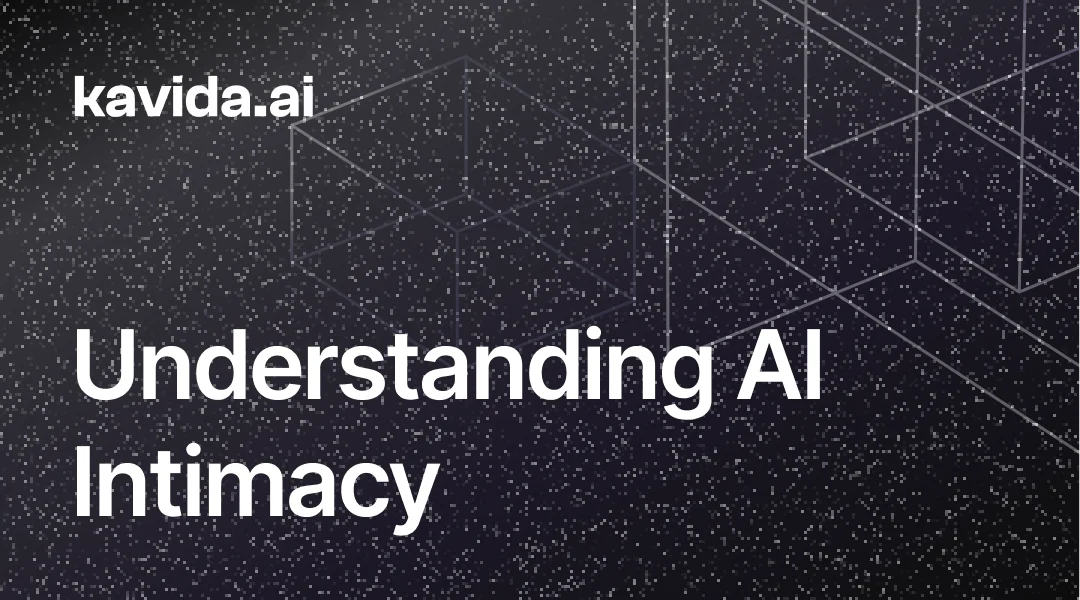
ANNOUNCEMENT
QAD Redzone acquires Kavida — our Agents have joined the Champion AI family

Discover how AI agents are reshaping the manufacturing operating model

Hi, I’m Alison!
Share your details, and I’ll give you a call in minutes to see how we can assist.

How Agentic AI Unblocks Value Across Fragmented ERP Systems
Table of Contents
ToggleFor decades, the “single ERP” strategy has been positioned as the ultimate route to operational efficiency. The vision: every business unit, plant, and site running on one system, delivering seamless data flows, aligned processes, and effortless decision-making.
The reality is different. ERP consolidation projects are slow, costly, and disruptive. They span years, consume millions in capital, and often conclude in a business environment very different from the one they were designed for. By the time the “new” system goes live, supply chain conditions, customer demands, and market realities have shifted rendering the investment outdated before it delivers value.
Common Consolidation Challenges
Data Quality Issues
Complex Data Structures
High Data Volumes
Other System Integrations
Downtime & Disruption
For organisations with multiple ERPs, acquisitions, regional requirements, or long-standing legacy systems, make consolidation even less practical. In today’s environment, where speed, resilience, and adaptability drive competitiveness, waiting years for a unification project is a strategic risk.
A better path exists. Agentic AI enables the integration of data, natural language interfacing, automation of workflows, and generation of insights across fragmented ERP landscapes, without ripping out what you already have.
The Shortcomings of Traditional ERPs
Traditional ERP systems deliver standardisation but their limitations are structural, not just a matter of configuration.
Data Silos by Design
Even within a single ERP, functional modules across finance, procurement, and manufacturing hold information in formats optimised for their own workflows. Sharing data between them requires complex setups and still results in inconsistencies.
Rigid Workflows
ERPs are built for defined processes. Any deviation whether its local regulations, customer-specific requirements, or unexpected supply chain events forces costly customisations or workarounds.
Long Implementation Cycles
ERP migrations are 18–36 month undertakings. Delays escalate costs, extend disruption, and often leave businesses with a system that fits yesterday’s needs.
Limited Interoperability
Connecting ERPs to supplier portals, logistics systems, or market intelligence platforms is rarely plug-and-play. Even with APIs, integration is complex and prone to data quality issues.
Inflexible to Market Change
Adapting an ERP to shifting demand patterns, new compliance requirements, or geopolitical shocks is slow and expensive, leaving businesses trailing more agile competitors.
The outcome is predictable: even after a costly consolidation, organisations face the same rigidity, just in a larger system with a bigger sunk cost.
How Agentic AI Closes the Gaps
Agentic AI works alongside your existing ERPs, elevating their capabilities without replacing them.
Universal Data Understanding
AI interprets and standardises data across multiple ERPs, using language processing and entity matching to align supplier names, product codes, and transactions regardless of source format.
Unstructured Data Capability
AI agents handle non-standard inputs such as unconventional date formats without human intervention. Over time, they learn from each case, increasing accuracy and reducing manual effort.
Agentic Automation
Agents act as intermediaries, triggering workflows in one ERP based on events in another, such as reconciling purchase orders and invoices, without point-to-point integrations.
Continuous Learning & Improvement
Unlike ERPs, which upgrade in multi-year cycles, AI layers adapt continuously, incorporating new suppliers, products, and compliance rules without major projects.
AI fosters true augmentation, bridging silos, unlocking insight, and enabling orchestration across boundaries.
Business Value in Action
The Challenge
A global manufacturing leader was operating multiple ERPs across regions. Data structures and naming conventions differed, supplier performance metrics were inconsistent, and teams spent hours on manual reconciliations. ERP consolidation had been on the roadmap for years, but stalled repeatedly due to cost, complexity, and risk.
The AI Approach
Kavida deployed an ai agent connecting all ERP instances simultaneously.

The Results
Within weeks:
40% reduction in manual reconciliation time.
Faster, more confident decision-making with real-time alerts.
Improved supplier compliance through automated follow-ups.
ERP consolidation deferred, releasing millions in planned capex for other priorities.
Normalised datasets and single sources of truth for parts, vendors, customers, and transactions.
Natural language querying layer enabling teams to ask questions directly on unified data.
Agentic workflows powering procurement and sales automations for scale and resilience.
This goes beyond data migration, into an activation of value already present in the business.
A New Operating Model for the AI Era
The belief that ERP consolidation is a prerequisite for transformation no longer holds. In volatile markets, where conditions change overnight, waiting years for a unified system is a liability.
Agentic capabilities provides a layer of automation and language interfacing that unclocks the next level of productivity and strategic decision making without spending massive amount of time and resources on consolidating ERPs.
Agentic AI delivers the benefits of integration including interoperability, harmonised data, automated workflows without the cost, disruption, and delay of migration. The ERP becomes one of many connected nodes in an adaptive, AI-orchestrated ecosystem, where insights flow freely and value is unlocked continuously.
The key question for leaders is no longer: “When will our ERP migration be complete?” It’s: “How quickly can we deploy AI to deliver results now?”
Related articles

Agents Achieve Business Outcomes 90% Cheaper Than Humans
Most automation stories start with tasks — fewer clicks, faster data entry, less time spent on admin. But tasks...

AI Intimacy in Supply Chains – From Agents to Teammates
Imagine this: it’s 8:30 a.m. and your manufacturing team’s first stand-up is with your AI agent. Just like...

Empowering Category Managers: How Agent PO Enhances Strategic Sourcing in Manufacturing
Category Managers play a pivotal role in ensuring effective procurement, cost optimization, and supply chain continuity. Managing supplier relationships, optimizing spend, and mitigating risks are all part of their daily routine.

